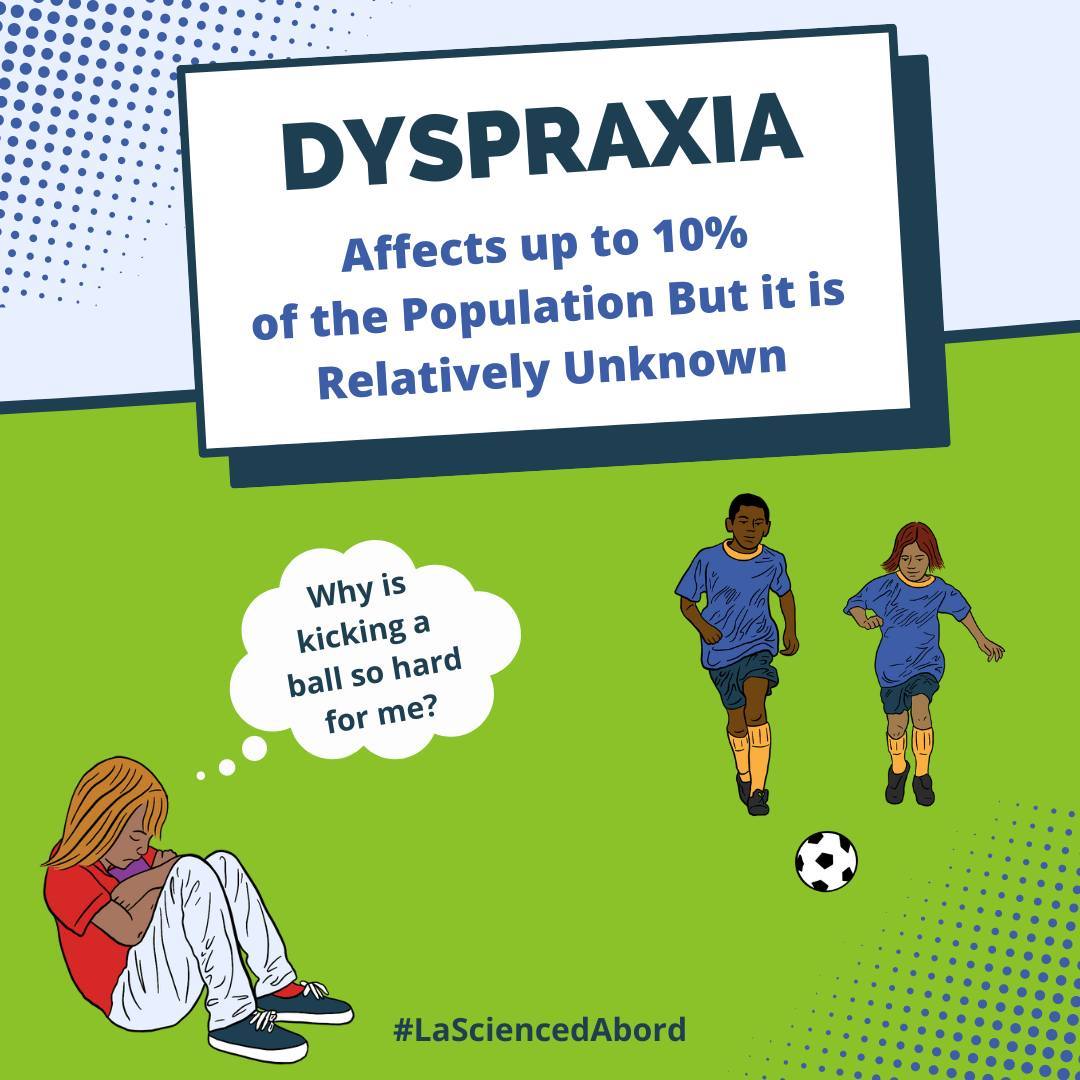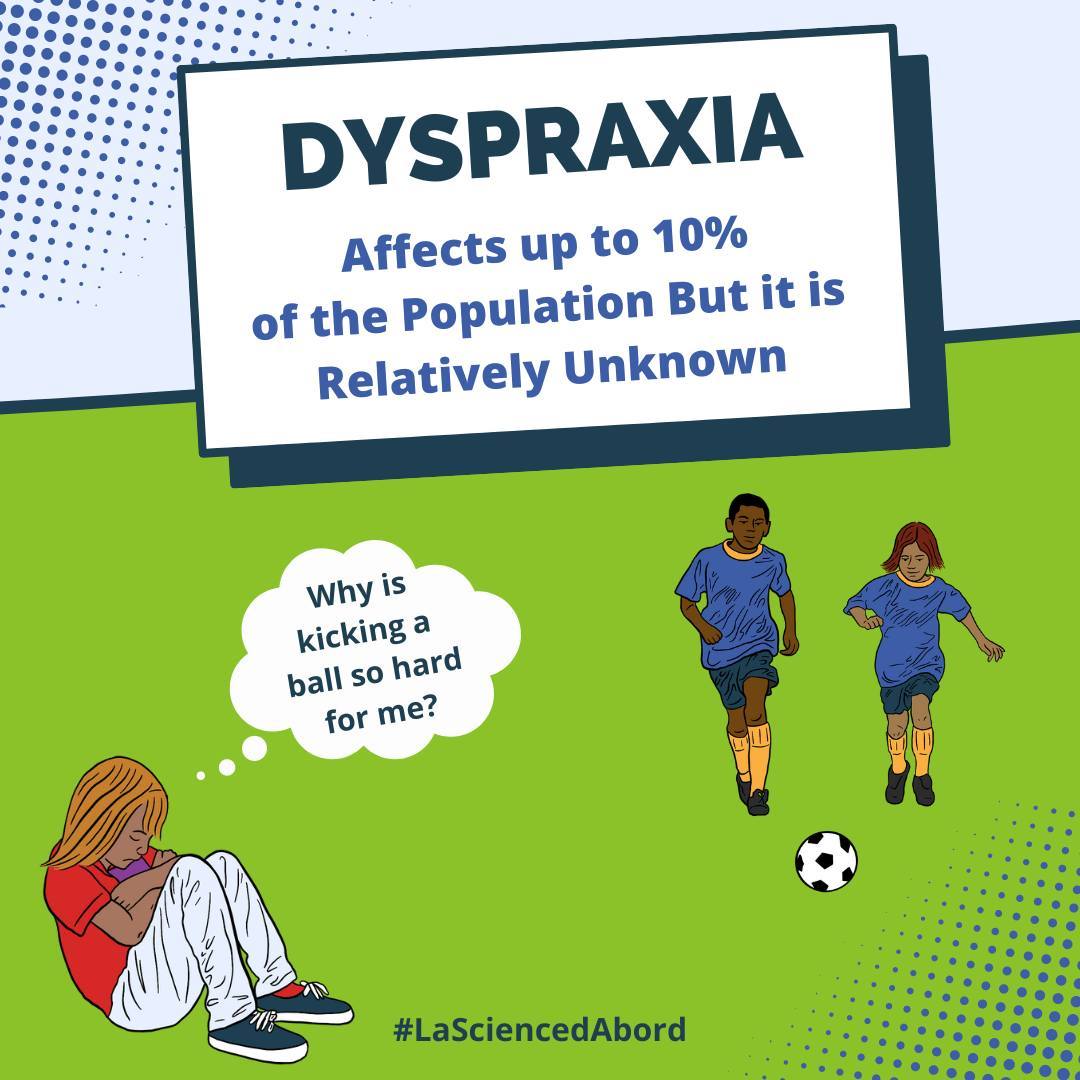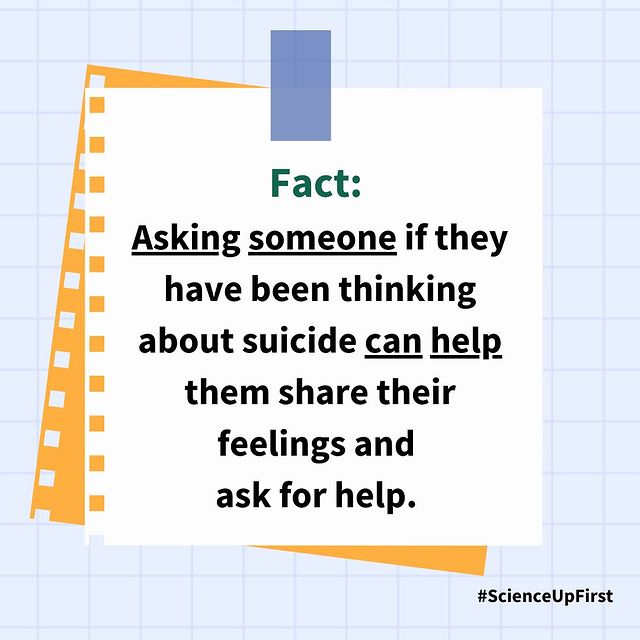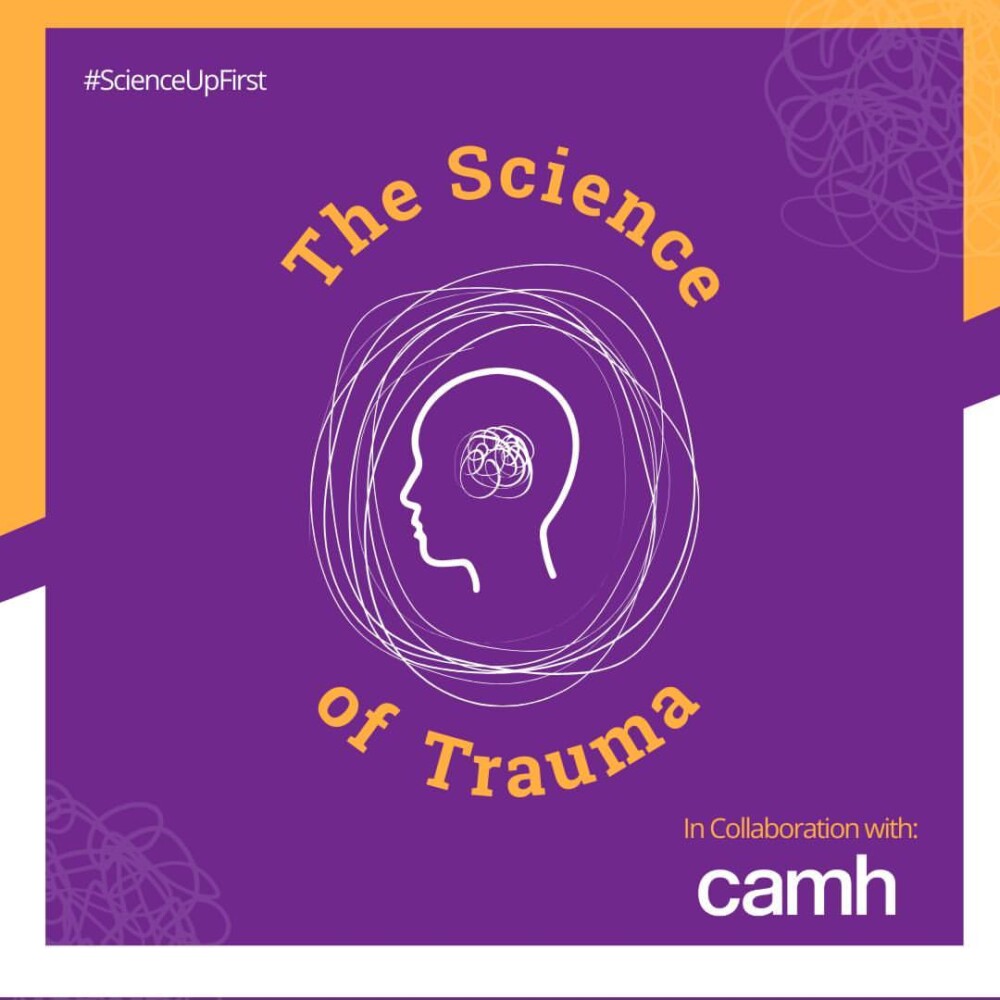
You have probably heard of dyslexia, but have you heard of dyspraxia?
Dyspraxia is a neurodivergent disorder caused by the disruption of signals between the brain and body. How or why this happens is not fully understood (1,2,3).
Each experience is different, but dyspraxia will generally affect (1,4):
Motor skills:
- Unnatural, awkward, or abrupt body movements
- Lack of spatial awareness
- Difficulties learning new movements or adapting acquired ones to new situations
Organization and planning:
- Trouble organizing thoughts and surroundings
- Time management, attention, or memory difficulties
Speech and language:
- Long or awkward pauses during conversation
- Poor enunciation
Dyspraxia is usually diagnosed in young children because the signs are more obvious, like problems with sitting, walking, tying shoes, or using scissors. Adults can be diagnosed too, though! Signs include clumsiness, awkwardness, and disorganization (1,5).
Dyspraxia (1,2,3,4,6):
- Affects 5 to 10% of people
- Often co-occurs with other neurodivergent conditions (e.g., ADHD, anxiety, dyslexia, autism)
- Is not a learning disorder, but the difficulties it brings can make learning a big challenge
- Is up to 4 times more common in boys, but girls are often diagnosed when older
- Is not curable and will usually persist throughout life
- Is manageable with therapies to help improve motor skills, muscle strength, and coordination
A better understanding of dyspraxia is critical. Undiagnosed children are often dismissed as clumsy or excluded from team activities, which can damage self-esteem. Early diagnosis allows them to access the support they need sooner so they can reach their full potential (1,4,7,8).
Share our original Tweet!
You have probably heard of dyslexia, but have you heard of dyspraxia?
Dyspraxia is a neurodivergent disorder caused by the disruption of signals between the brain and body. How or why this happens is not fully understood. #ScienceUpFirst
[1/7] pic.twitter.com/PiUDQFcreP
— ScienceUpFirst | LaScienced’Abord (@ScienceUpFirst) October 18, 2022
View our original Instagram Post!
View this post on Instagram
- Dyspraxia at a glance
- Developmental co-ordination disorder (dyspraxia) in children
- Dyspraxia: What It Is, Causes, Symptoms, Diagnosis & Treatment
- Dyspraxia
- Dyspraxia: Causes, symptoms, and treatments
- What Is Dyspraxia?
- Children and young people’s experiences of living with developmental coordination disorder/dyspraxia: A systematic review and meta-ethnography of qualitative research
- Dyspraxia or developmental coordination disorder? Unravelling the enigma




